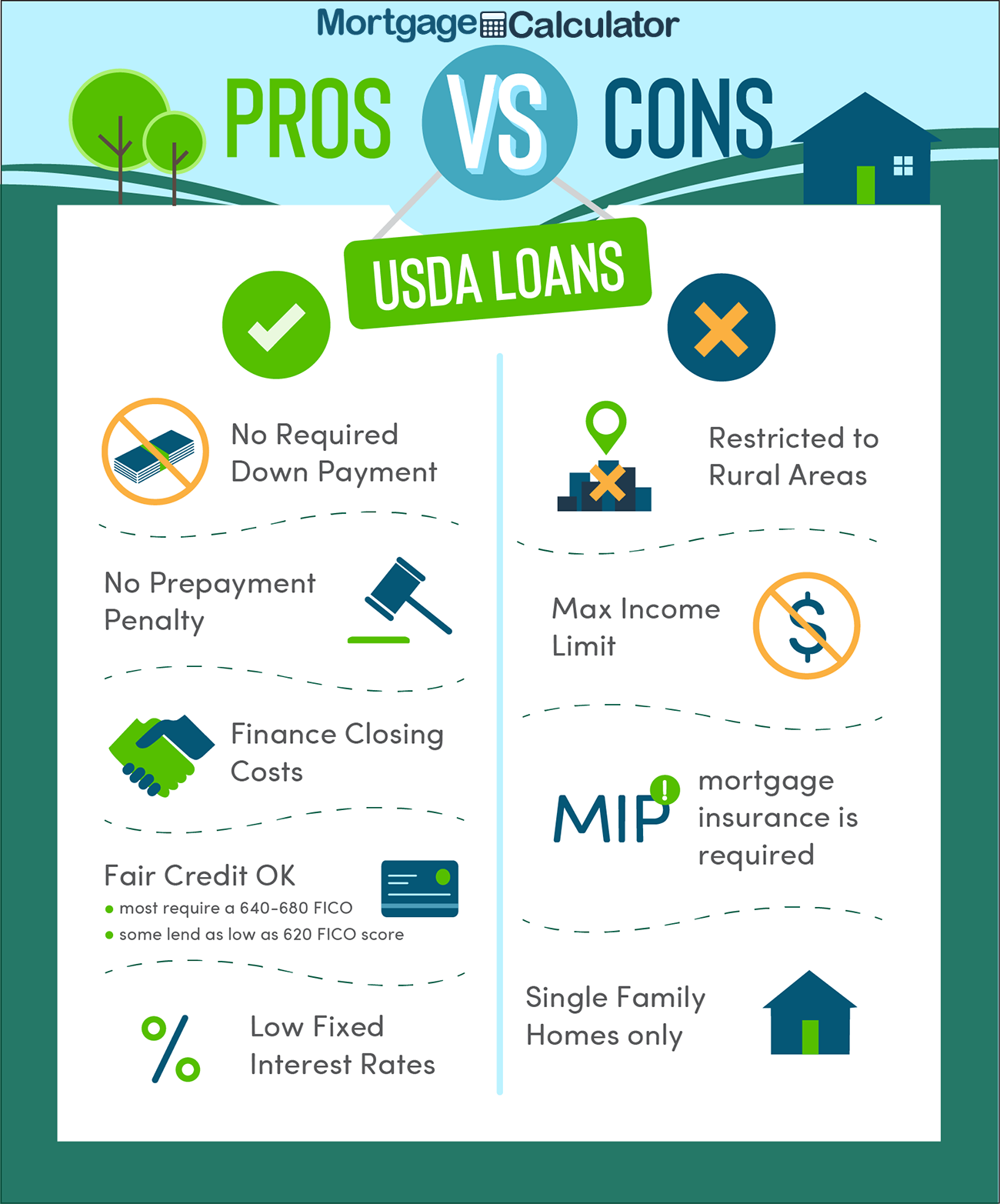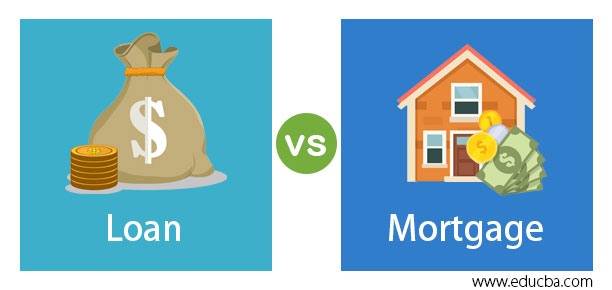The Necessary Factors to Think About When Picking Between Fixed-Rate and Adjustable-Rate Home Loan Loans
When reviewing home mortgage choices, customers encounter a crucial choice between fixed-rate and adjustable-rate fundings, each providing unique benefits and potential mistakes. Secret considerations such as rate of interest rate security, predictability in monthly settlements, and the effects of possible rate changes can considerably affect lasting financial health and wellness.
Rates Of Interest Security
When choosing a home loan, comprehending rate of interest stability is essential for notified decision-making. Rate of interest can considerably influence the overall cost of a home loan, and identifying the nature of these rates is vital for customers. Fixed-rate home loans offer the advantage of constant month-to-month repayments over the life of the financing, shielding customers from market changes. This stability allows homeowners to prepare their funds with greater certainty, as they will certainly not be affected by climbing rate of interest.
On the other hand, variable-rate mortgages (ARMs) begin with reduced preliminary rates that might change regularly based upon market conditions. While this can lead to lower payments initially, it also presents uncertainty, as debtors may deal with increased repayments if interest prices climb. For those considering an ARM, it is crucial to assess the chance of price changes, the capacity for settlement rises, and the length of the preliminary fixed-rate duration.
Eventually, the choice between fixed-rate and adjustable-rate home mortgages hinges on specific danger resistance and monetary scenarios. Comprehending rates of interest security aids customers make notified decisions that line up with their lasting economic goals.
Monthly Settlement Predictability
While customers typically focus on passion rate security, the predictability of regular monthly repayments is just as essential in the home loan option procedure (Conventional mortgage loans). Month-to-month settlement predictability plays a crucial function in budgeting and financial preparation, as it directly impacts a property owner's money flow and general monetary health
Fixed-rate home mortgages offer a regular regular monthly payment throughout the life of the loan, enabling customers to anticipate and plan their expenses properly. This security can be especially beneficial for novice buyers or those on a set income, as it removes the uncertainty connected with rising and fall repayments.
Conversely, adjustable-rate home mortgages (ARMs) commonly include reduced first payments that can change gradually, causing potential irregularity in month-to-month obligations. While initially attractive, this changability can make complex monetary planning, specifically if consumers do not represent future rate changes.
Prospective Rate Changes
In the world of variable-rate mortgages (ARMs), prospective price adjustments stand for a considerable factor that consumers should very carefully take into consideration. Unlike fixed-rate home mortgages, where the rates of interest stays unchanged for the life of the loan, ARMs are identified by fluctuating rate of interest that are connected to market indices. This variability can lead to considerable adjustments in monthly repayments, influencing the consumer's economic planning and budgeting.
Typically, ARMs have a first fixed-rate duration during which the rate of interest is stable. Hereafter duration, however, the price adjusts at predetermined intervals-- typically yearly. Customers have to understand the margin and index used to calculate these adjustments, as they straight affect future passion prices. Additionally, ARMs often include caps that restrict just how a lot the rate of interest can increase at each modification and over the life of the loan, which can supply some degree of security against extreme price walks.
Comprehending these prospective changes is important for debtors, as they directly influence long-term settlement responsibilities. As a result, assessing individual financial circumstances and run the risk of tolerance is crucial when determining whether an ARM straightens with one's monetary objectives.
Lending Term Factors To Consider
Loan term considerations play a pivotal duty in the decision-making process for customers selecting in between adjustable-rate and fixed-rate mortgages. The length of the financing term considerably influences monthly repayments, rate of interest prices, and overall financial preparation.

Inevitably, customers should assess their individual conditions, financial objectives, and market problems when considering the effects of loan term selections within each home mortgage kind.

Overall Cost of Borrowing
Fixed-rate home loans offer predictable month-to-month payments, as the passion rate stays consistent throughout the financing term. This predictability can lead to lower total expenses, specifically in a stable or declining interest rate environment.
Alternatively, variable-rate mortgages (ARMs) generally start with lower preliminary prices, causing reduced upfront costs. These rates can raise after a preliminary duration, leading to potentially higher long-lasting expenses. Borrowers must take into consideration the frequency additional resources and level of price modifications, in addition to the general loan duration, to precisely assess the financial effects.
Additionally, the overall cost of borrowing encompasses not only interest prices yet likewise fees and various other linked expenses, such as closing prices and insurance (Conventional mortgage loans). When reviewing home mortgage choices, borrowers must carry out a detailed cost evaluation over the life of the car loan. official source By doing so, they can make an enlightened decision that straightens with their financial objectives and run the risk of resistance
Final Thought
In conclusion, picking in between adjustable-rate and fixed-rate home loan demands careful factor to consider of several essential elements. Rate of interest security and monthly payment predictability are vital for reliable budgeting, while the capacity for price changes in ARMs presents financial uncertainty. In addition, the anticipated duration of homeownership and the general cost of borrowing, consisting of rates of interest and connected charges, should line up with individual monetary conditions and risk resistance. Such a comprehensive analysis will assist in enlightened decision-making in home mortgage selection.
Key considerations such as rate of interest price security, predictability in month-to-month settlements, and the effects of potential price adjustments can considerably affect long-lasting financial health and wellness. Rate of interest rates can considerably impact the overall cost of a home loan, and identifying the nature of these rates is crucial for borrowers. Unlike fixed-rate home mortgages, where the rate of interest price continues to be the same for the life of the financing, ARMs are identified by fluctuating rate of interest prices that are tied to market indices. In addition, ARMs frequently include caps that restrict exactly how much the interest price can increase at each change read review and over the life of the financing, which can supply some level of security versus drastic rate hikes.
Interest rate security and month-to-month repayment predictability are critical for effective budgeting, while the possibility for rate adjustments in ARMs presents monetary uncertainty.